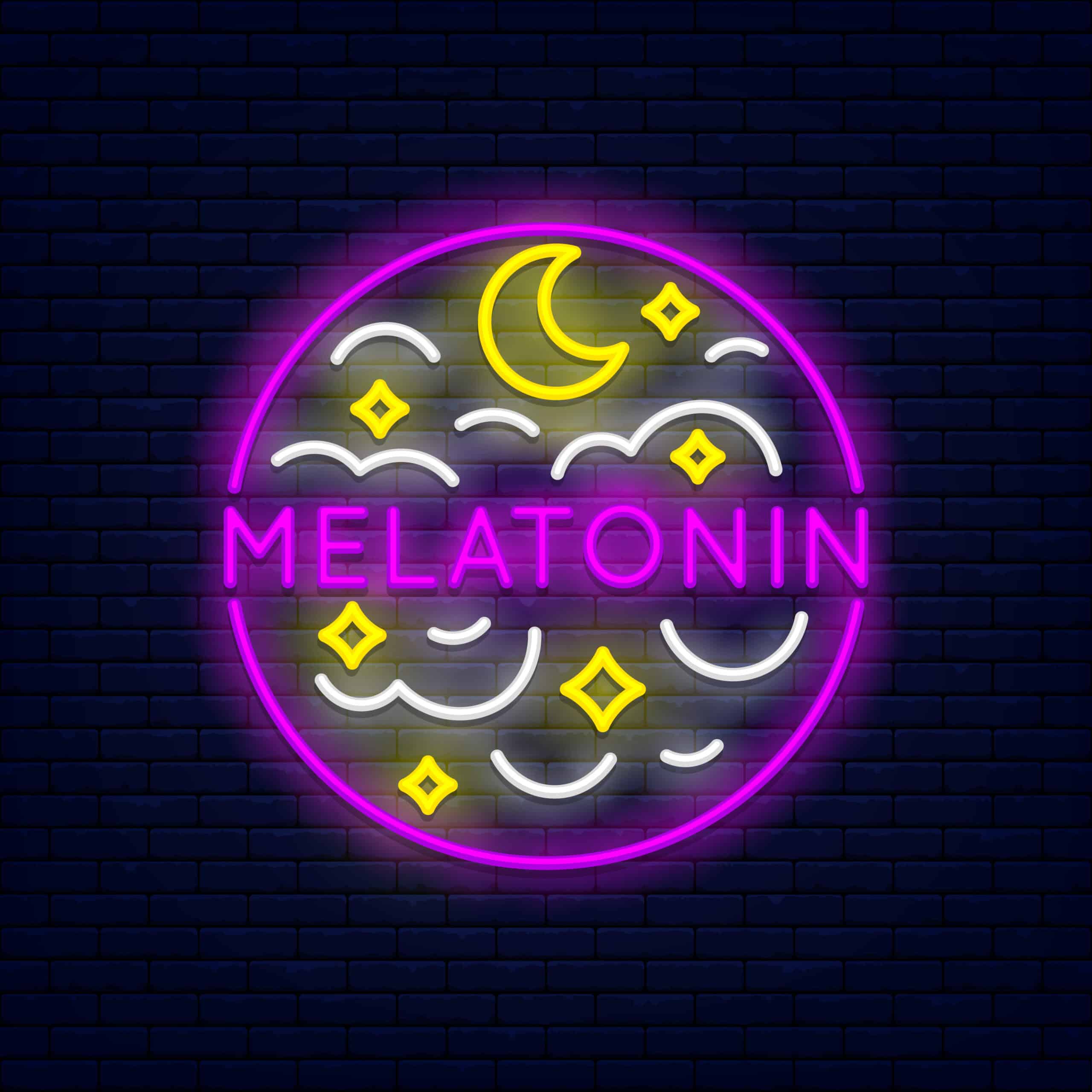The orbit of influence of MLT against oxidative stress is anomalistic among antioxidants. The protective effects of MLT and its metabolites against reactive oxygen and nitrogen species (ROS/RNS) include direct scavenging of free radicals, and upregulation of the biosynthesis of glutathione and antioxidant enzymes (superoxide dismutase, glutathione peroxidase and glutathione reductase). Unique to amphiphilic MLT is the capacity to scavenge and limit formation of the peroxynitrite anion (oxidant), and the very short-lived and destructive hydroxyl radical (•OH). Mitochondria are a major site of inherently high production of ROS (e.g. superoxide radical). However, mitochondria are normally protected from oxidative damage as a result of its synthesis and active transport of MLT. Those processes facilitate high concentrations of mitochondrial MLT that are essential for the organelle’s integrity and functions.
Outside of the mitochondria, MLT reportedly “chelates” transition metals (e.g. copper, iron, cobalt, nickel). Those free metal ions spark production of •OH via Fenton/Haber–Weiss reactions, and may perpetuate a destructive cascade of radical and non-radical ROS/RNS that are also associated with inappropriate inflammation. MLT has also been reported to bind pro-oxidative free ions of aluminum, cadmium, lead and zinc in a concentration dependent manor. Such metal binding may neutralize the metal ions, but evidence has not been presented to indicate that MLT enhances the irreversible excretion of excess free metal ions from cells.
The collective literature indicates that exogenous MLT supports male fertility and testicular health. The protective effects of MLT have been demonstrated in a murine model of extreme cadmium-induced oxidative stress. Treatment with MLT ameliorated cadmium-induced disruption of the activities of antioxidant enzymes and GSH levels, increased TNF-α, altered levels of sex hormones, diminished sperm mobility and apoptosis, and oxidative damage to testicular DNA (8-OHdG). Elevated urinary 8-OHdG is a favored indicator of oxidative damage to mitochondrial and nuclear DNA, and provides non-invasive assessment of intracellular oxidative stress. The short-term study provides thorough proof of concept, and exogenous MLT might be considered for patients presenting with infertility issues that may be associated with exposures to environmental toxicants.
Oxidative stress, mitochondrial dysfunction, and cell death are common pathophysiological mechanisms associated with aging and neurodegenerative diseases such as AD, HD, ALS, and PD. Neuroprotective effects of MLT have been demonstrated in numerous preliminary studies, and it has been suggested that clinical trials employing pharmacological doses of MLT (50–100 mg/day) are warranted.
For general preventive antioxidant/anti-inflammatory support consider that many plant foods, especially pistachio nuts and tart cherries, can provide bioavailable MLT throughout the day. For higher dosing consider that MLT has a very low toxicity profile, a half-life of only 45-90 minutes, and it is catabolized primarily by hepatic microsomal CYP1A2. To maintain effective therapeutic levels for antioxidant/anti-inflammatory/neuroprotective applications, such a short half-life would typically dictate relatively frequent dosing over the course of the day. However, considering the important role of MLT in receptor mediated regulation of circadian rhythms, it could be argued that dosing be restrictively aligned with an individual’s dark cycle. That may be a reasonable compromise since appropriate support of circadian rhythms is likely associated with less oxidative stress, since chronodisruption may increase production of ROS/RNS.




